A new report posted by DigiTimes today has taken a look into the micro-LED ambitions of multiple companies, including the timeline by which Apple might begin its trial production of micro-LED displays. Although it's yet to be confirmed, Apple is likely to use such display technology on a version of the Apple Watch launched in 2018 or later.
The report, citing industry sources, states that Apple's current aim is to manufacture a "small volume" of products with micro-LED displays towards the end of this year. Reports over the past few weeks have referenced similar timelines for Apple's micro-LED plans, and today's news also corroborates the location of Apple's trial production run, expected to be housed in a plant in Taoyuan, Taiwan.
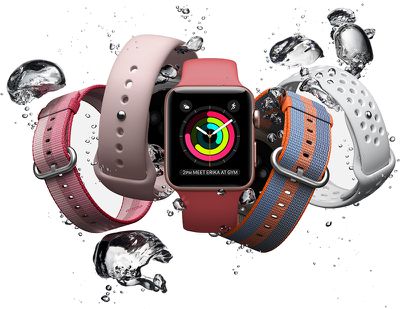
A few makers engaged in R&D for micro LED display products, despite many technological bottlenecks, are expected to take the initiative to begin trial production in the second half of 2017 at the earliest, according to industry sources.
Apple has been keen in the development of micro LED technology following its acquisition of LuxVue in 2014, and recent market speculations also indicate that Apple is likely to crank out a small volume of micro LED display products from its plant in Taoyuan, northern Taiwan at the end of the year.
Rumors of an Apple Watch with a micro-LED display began last summer, when it was suggested that such a device may launch in 2017, but with the current reports of late-in-the-year trial productions on micro-LED displays it's likely that the 2017 "Apple Watch Series 3" will continue to use OLED technology. In regards to advantages, devices with micro-LED have the chance to be thinner, lighter, see an improved color gamut with increased brightness, and sport higher resolutions.
Apple's production on micro-LED is said to be the final realization of its acquisition of low-power microLED-based display maker LuxVue in 2014. Similarly, Samsung has been rumored to acquire micro-LED company PlayNitride, which is expected to begin a trial production on the displays sometime in the second half of 2017. Foxconn has also announced plans to acquire display startup eLux, "for development of next-generation micro-LED display technology."
Although no direct connection with Apple has been made by the manufacturers, their previous history as suppliers for the Cupertino company points toward either company, or both, as additional micro-LED suppliers for a future generation Apple Watch. According to industry sources speaking on Foxconn's eLux purchase, "The acquisition could provide a fast track for Foxconn to commercialize micro-LED technology," bringing it to a wider range of consumer products.


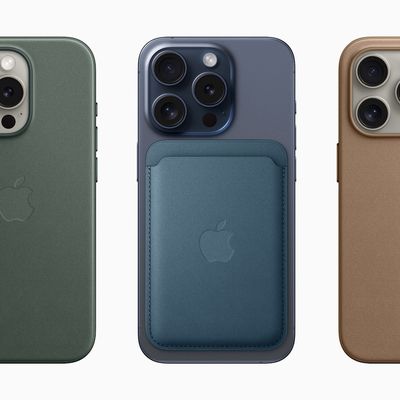



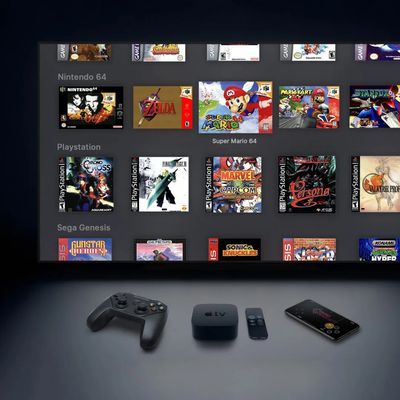
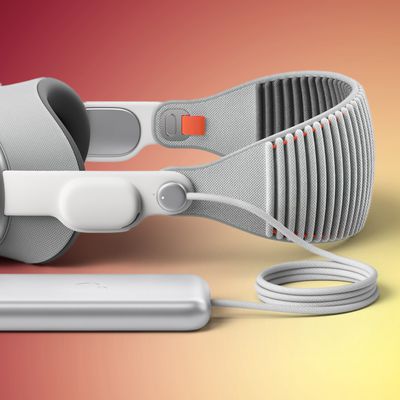










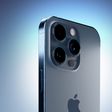
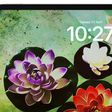
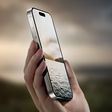
Top Rated Comments
I can wait couple more years.
"Along with OLEDs ('https://en.wikipedia.org/wiki/OLED'), mLEDs are primarily aimed at small, low-energy devices such as smartwatches ('https://en.wikipedia.org/wiki/Smartwatch') and smartphones ('https://en.wikipedia.org/wiki/Smartphone'). OLED and mLED both offer greatly reduced energy requirements compared to conventional LCD systems. Unlike OLED, mLED is based on conventional GaN ('https://en.wikipedia.org/wiki/GaN') LED technology, which offers far higher total brightness than OLED products, as much as 30 times, as well as higher efficiency in terms of lux/W. It also does not suffer from the shorter lifetimes of OLED, although the multi-year lifespan of modern OLEDs has mitigated this issue in most roles."
https://en.wikipedia.org/wiki/MicroLED
Are its blacks as good as oled?
Being LED, microLED has the same display advantages as OLED over LCD.
The primary difference between mLED and OLED is that the former uses inorganic LEDs, which can be brighter than organic, but are also much larger at this point except in labs.
As for using it in laptops, well maybe in another ten years.
They're both LED tech, so they both can be turned completely off.
* I think people are misled by the term "micro" in front. It'd be more accurate and less confusing to laymen, to instead simply say ILED vs OLED (inorganic vs organic).
(It's similar to the way that many people get confused and excited over the trademark "Liquid Metal")
It's also less than 20 PPI. Even Sony's first attempt at a mLED consumer TV was only 40 PPI. The Apple Watch OLED display is 290 PPI. Not even in the same ballpark.
Ironically, that's the problem with "micro" LED right now; its pixels are larger and more difficult to manufacture, at low yield and high expense. So they tend to make smaller display modules of them and then stitch many modules into a larger display, as was done for that Sony wall display.
Eventually mLED could be mass produced in a decent resolution, but at this point... barring a breakthrough... that seems still to be years away. In the meantime, OLED is here, mature, high resolution, not expensive, and constantly improving.
I can't speak if I will ever make its way to a laptop, but it's been rumored that Apple will use micro LED with the Apple Watch in the future. Samsung is also been reportedly testing micro LED is well. Suspect it will start with smart watches and/or smart phones, for makes its way into larger scale products.